On the new front line of Myanmar’s civil war, resistance fighters are gaining ground
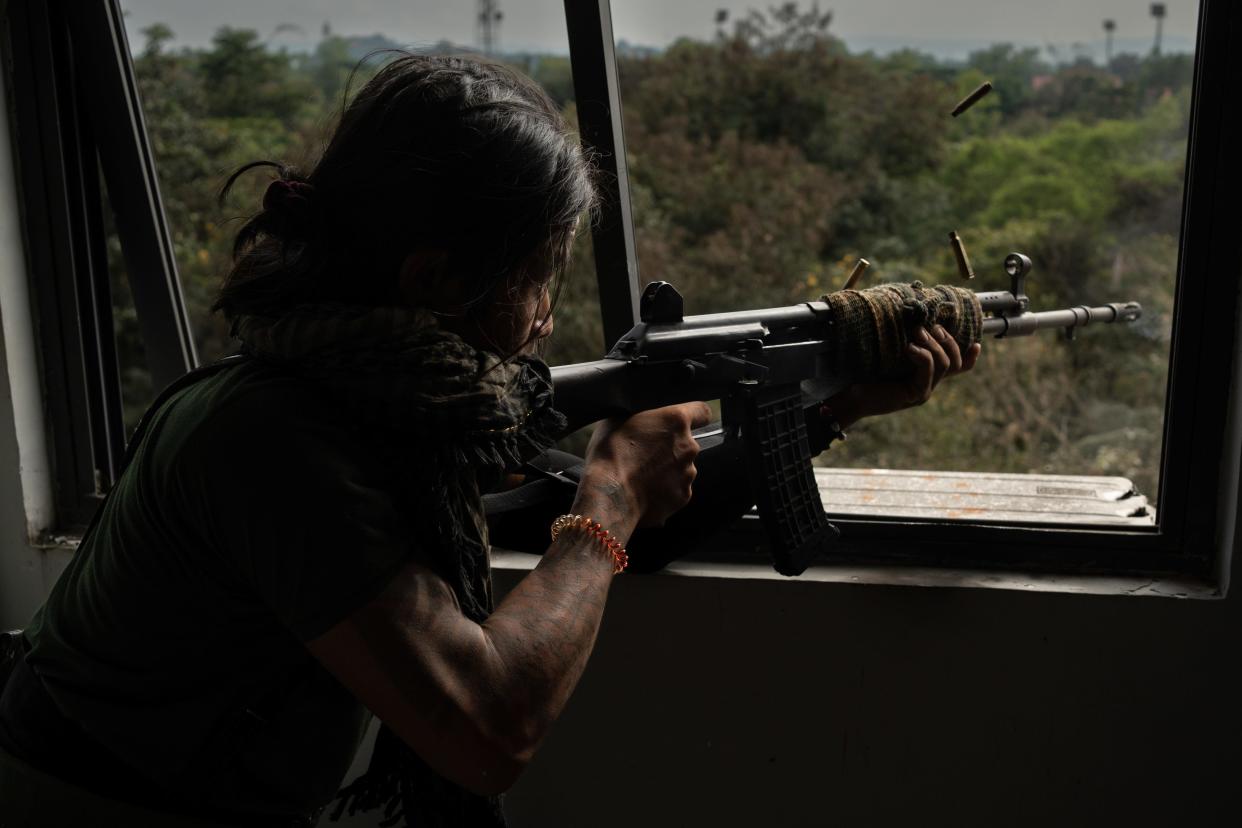
- Oops!Something went wrong.Please try again later.
Editor's Note: This exclusive behind-the-lines report on fighting in Myanmar between pro-democracy forces and the military junta that seized control of the Asian country in 2021 is published in conjunction with the Globe and Mail. The situation is being watched closely by Burmese refugees in the U.S., including nearly 40,000 who have settled in Indiana.
LOIKAW, MYANMAR — Dressed in fatigues and flip-flops, the fighter perched precariously on the back of a truck, aiming his .50-calibre machine gun at a small military surveillance plane overhead. His arms rattled as bullet casings the size of fists fell to the floor.
It was late November. For weeks, the Myanmar military and Karenni opposition forces allied with the parallel National Unity Government (NUG) had been fighting for control of Loikaw, a city of roughly 50,000 in central Myanmar, around 100 kilometres from the nation's capital, Naypyidaw. Every day, surveillance planes would fly over the Karenni forces, and every night, mortars, artillery shells and bombs would rain down upon them.
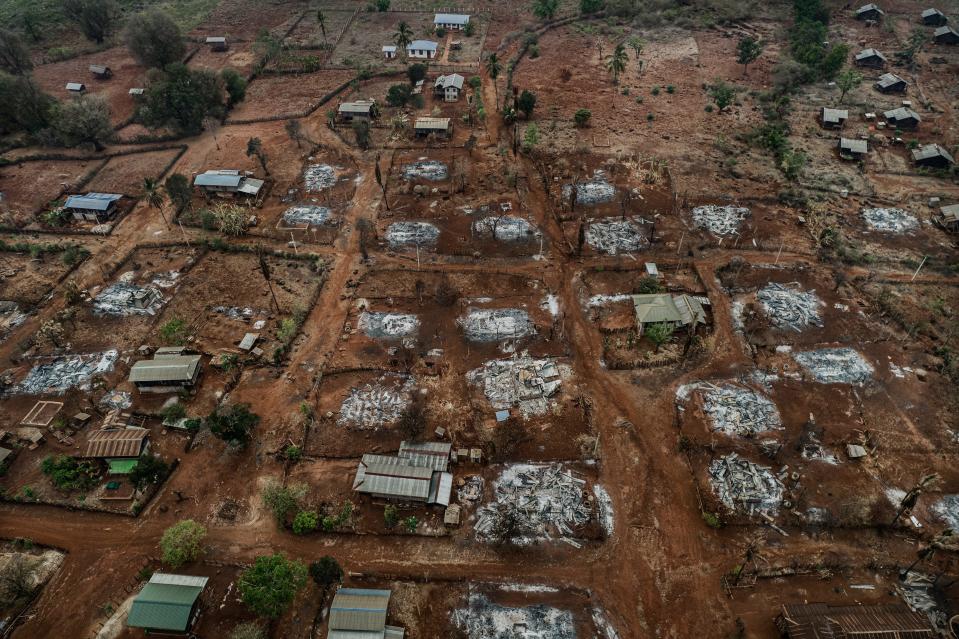
Almost three years since the military seized power in a coup, ending a brief stretch of semi-democratic rule in the former British colony and plunging Myanmar once again into civil war, the fight for Loikaw — the capital of Karenni State — was one of the bloodiest the Karenni forces had seen. They lost at least 60 fighters in the assault, compared to around 200 in all the fighting prior.
But by mid-December they'd seized control of Loikaw, striking a major blow against the military junta. The ruling regime has been on the back foot nationwide after an alliance of northern ethnic militias that had previously sat out the war launched a surprise attack on Oct. 27.
While the junta has been able to negotiate an unsteady ceasefire in parts of Shan state, where the October offensive began, it is still fighting on multiple fronts across the country, as emboldened opposition forces — the Karenni among them — launched their own attacks, determined to change the tide of a civil war that had been in a bloody stalemate for years.
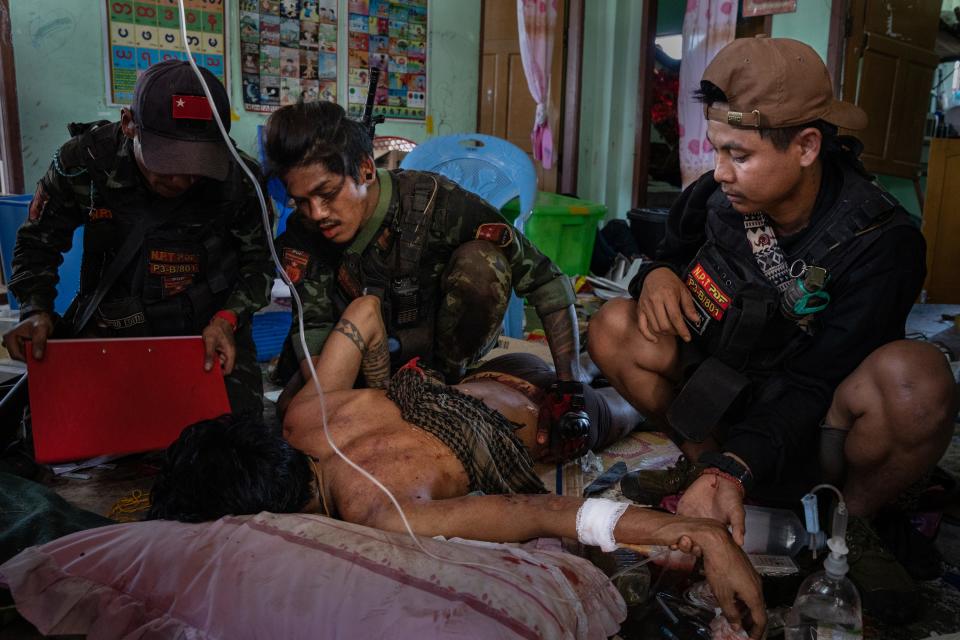
A conflict transformed
International media has been banned from covering the war in Myanmar, but I was able to travel clandestinely to Karenni State (also called Kayah State) in November, and then join the opposition forces as they marched into Loikaw late that month. The state lies in a highly strategic location, bordering Thailand — a key source of weapons and supplies — and serving as a bridge between southern resistance strongholds and those to the north in Shan, where the country's most powerful armed groups operate.
When I visited the country for The Globe and Mail, in the fall of 2022, I travelled to a Karenni Army settlement and camp for internally displaced persons deep in the jungle, from where the opposition had been launching guerrilla attacks against junta forces, while dodging brutal air raids and reprisals. Air strikes last year killed hundreds of civilians in Sagaing and Kachin, and wounded many more. The regime has also been accused of using chemical weapons, a charge it denies. (I returned to Karenni in April, 2023, and a selection of photos from all three of these trips appears below.)
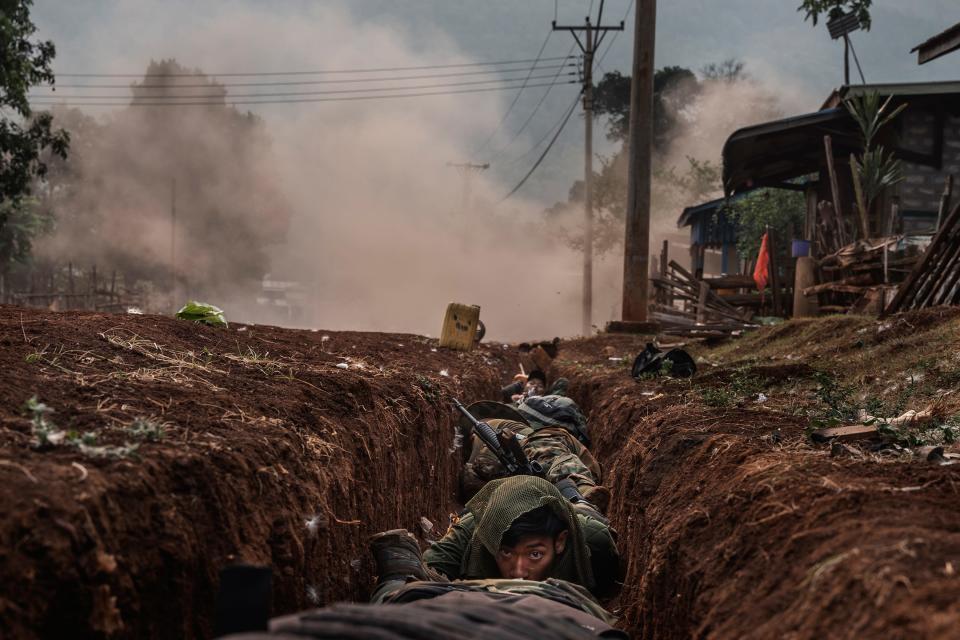
A predominantly Catholic ethnic group, the Karenni have been fighting for self-determination since Myanmar, then known as Burma, gained independence from the British in 1948. The largest Karenni militia agreed to a ceasefire in 2012, but the coup in February, 2021, reignited the fighting, and Karenni forces threw their weight behind the NUG and the People's Defence Forces, formed mainly of former protesters from Myanmar's cities who fled to the jungles to take up arms against the junta.
The move from fighting amid the trees to fighting in urban areas shows how far the resistance has come, but such advances bear a steep price. Two top Karenni commanders were wounded in the fighting, while dozens of their fighters were killed and many more wounded, their fate dependent on hospital camps in the jungle, often with limited supplies.
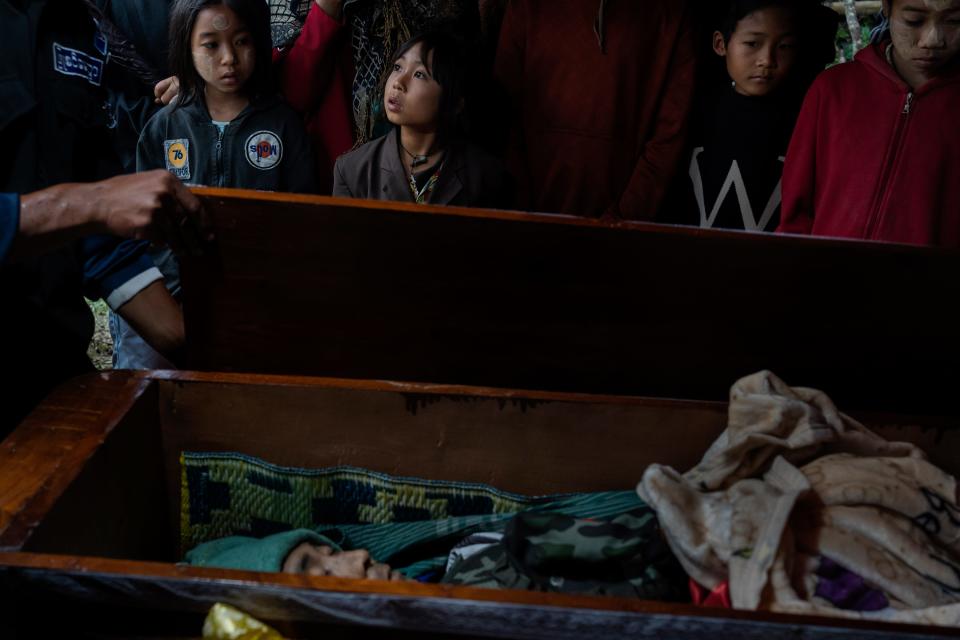
"Instead of buying bullets to fight, we have to buy food to feed the civilian population fleeing from cities because of the Tatmadaw," said Karenni Army commander Oo Reh, referring to the military. "It is our responsibility to take care of displaced civilians — but we lack the resources."
Tho Reh, a community leader and elder, said the opposition forces "do not have as many bullets as we wish we had … so we have to get it from the enemy."
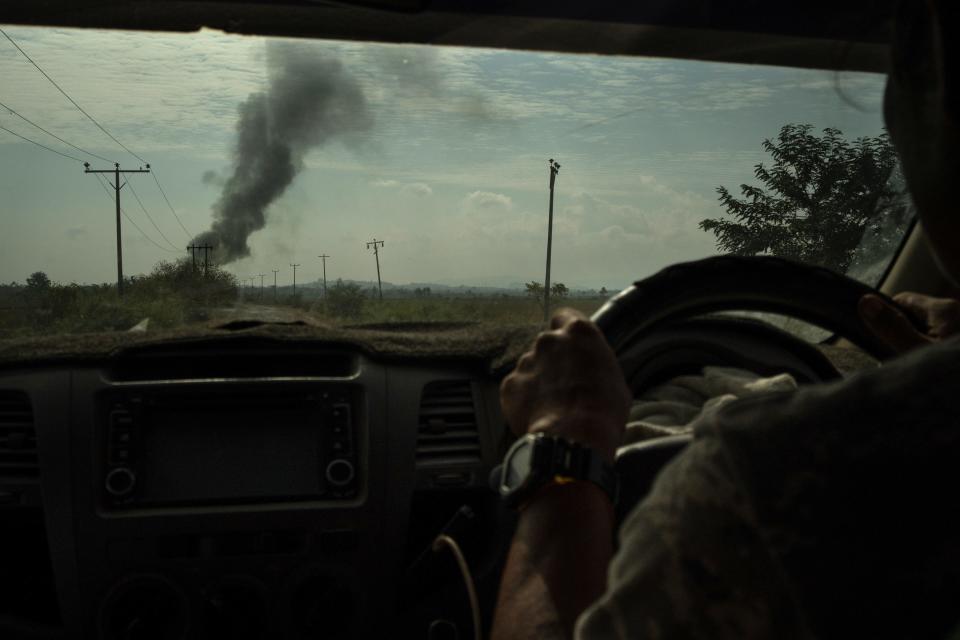
Weapons of war
Bullets aside, Myanmar is awash with arms, and the resistance fighters are well equipped with M16s and AK-47s, along with grenade and rocket launchers, mortars, machine guns and sniper rifles. But this pales in comparison to the military, once the second-largest in Southeast Asia, which has spent an estimated US$1-billion importing weapons and raw materials to manufacture arms since the conflict began.
Junta gunships and fighter jets are able to rain down death on opposition forces and civilian populations with near impunity, even as their ground troops have struggled with the recent advances. Speaking to The Globe last month, acting NUG president Duwa Lashi La urged the international community to supply the opposition with anti-air weapons, such as Man-Portable Air Defence Systems, which have proven effective in Ukraine at helping undercut Russia's air superiority.
At the start of the conflict, many observers, including the junta's allies Russia and China, expected the military to brush aside the resistance, as it has done in the past. But the Karenni and other ethnic militias, as well as the less well supplied People's Defence Forces, have proven incredibly resilient.
They know the terrain well. They are mobile and agile, and can cover long distances in a day, quickly striking the enemy and then disappearing back into the jungle. They are also gaining experience in urban warfare, using drones to drop bombs on enemy positions and setting traps with improvised explosive devices.
The military's recent setbacks in Shan, and opposition advances elsewhere, have seen some predict the end of the conflict. The National Unity Government claims thousands of Tatmadaw troops have already surrendered, and the junta has lost trade links with China and India, a key source of revenue.
"We are winning," Lashi La said. "We firmly believe we will be able to remove the [junta] sooner rather than later."
As it has been driven out of towns and villages in Karenni State, the military has been accused of deploying landmines on a massive scale, a practice Amnesty International has said amounts to war crimes, and one that could make it impossible for thousands of people to return home in the future.
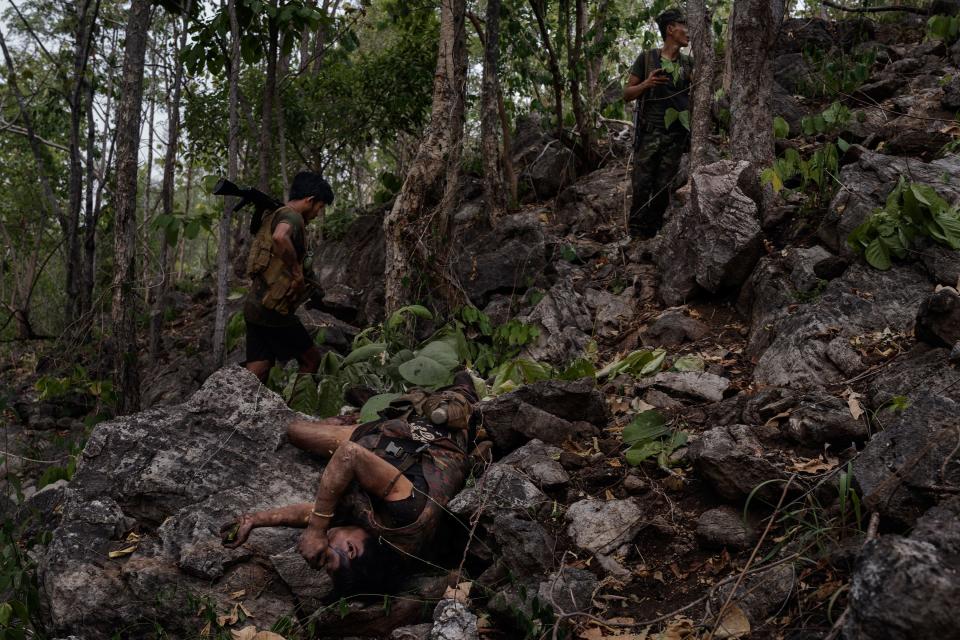
When I visited a jungle hospital last year, I saw the damage these brutal weapons do, speaking to fighters and civilians who had lost their legs and feet. One woman had stepped on a mine as she walked back home from harvesting rice to feed her three children.
"I am not afraid to fight one-on-one with the enemy. This is war, and this is the life we have chosen for ourselves. I have a gun, they have a gun, and one of us has to die. But I fear landmines for myself and my soldiers," Karenni Army commander Ree Du told me back in April. "If you step on a landmine, you lose one or both legs. You will have to live the rest of your life with this."
But despite the military's brutality, and the immense cost borne by the civilian population – thousands killed and at least 2 million displaced, according to the United Nations — no one I spoke to regretted the sacrifice they were making.
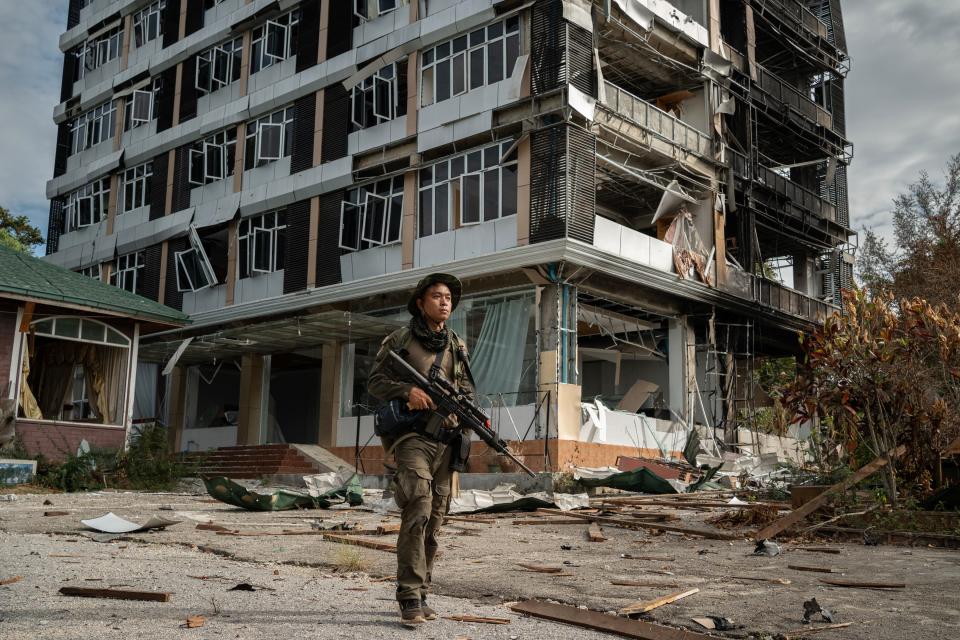
"We cannot lose this fight. If we lose, we will be slaves," Ree Du said. "We have to fight so the next generation can be free."
Writing and additional reporting by James Griffiths/The Globe and Mail
About the Photographer
SIEGFRIED MODOLA is a Kenya raised independent Italian/British photojournalist and documentary photographer focusing on social, humanitarian and geopolitical events. He lives in Paris with a base in Nairobi.
Modola started working for the Reuters news agency in Nairobi in 2010. Since then, he has reported in more than a dozen countries in Africa and has traversed the globe, venturing into diverse and often challenging environments to shed light on untold stories. He has covered the civil war in South Sudan, the humanitarian crisis in the Democratic Republic of the Congo, the conflict inSomalia, the chronic insecurity gripping the Central African Republic and Nigeria, the Venezuelan Refugee crisis, the depopulation of the Italian countryside, the 2014 IsraelGaza war, the Syrianrefugee crisis in northern Iraq, and the exodus of Rohingya refugees in Bangladesh.
Modola’s photographs have appeared in some of the most prominent publications worldwide, and his work in Myanmar has won several awards, including the prestigious Visa d’or News Award And the Bayeux Calvados Normandy Award for war correspondents, both in 2023.
This article originally appeared on Indianapolis Star: Pro-democracy forces fighting military junta for control of Myanmar

